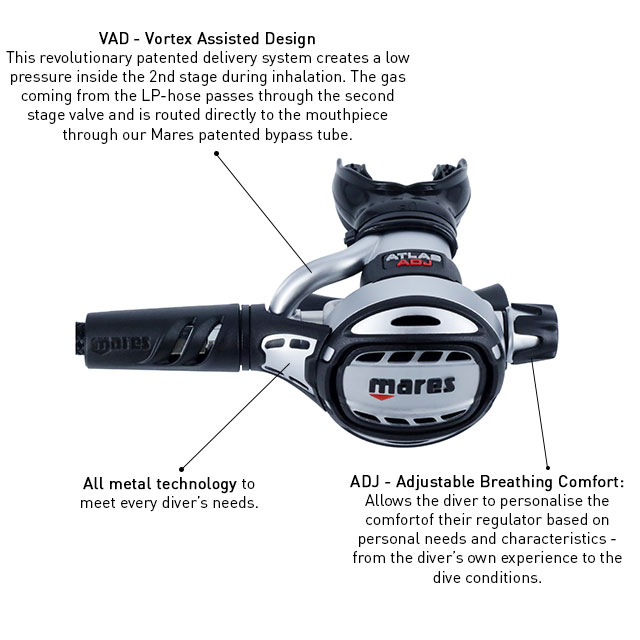Jay Young
Registered
I own a Mares abyss 22. Works great, no issues.
I am trying to wrap my head around what their current lineup is. 52x, 82x, HR, XR, DR, and prices all over the place - but then, still, there is the
Navy 22, just like mine.
Can someone explain more in depth about the other options? I am a fan, but I also like to look at other brands. I am trying to figure out why many locals say I should keep the Abyss as a solid backup reg set, and get something else as primary? Why? Its the same price as the 82x, it does the same things. Its the same price as the MTX-R, or Poseidon Xtreme, or any other top tier reg set.
Other than "it says navy on it", what gives?
I personally don't think its too heavy, or breaths any harder than anything else. I have zero problems out of it, just trying to understand where the company is going at this point. Anyone have any thoughts?
I am trying to wrap my head around what their current lineup is. 52x, 82x, HR, XR, DR, and prices all over the place - but then, still, there is the
Navy 22, just like mine.
Can someone explain more in depth about the other options? I am a fan, but I also like to look at other brands. I am trying to figure out why many locals say I should keep the Abyss as a solid backup reg set, and get something else as primary? Why? Its the same price as the 82x, it does the same things. Its the same price as the MTX-R, or Poseidon Xtreme, or any other top tier reg set.
Other than "it says navy on it", what gives?
I personally don't think its too heavy, or breaths any harder than anything else. I have zero problems out of it, just trying to understand where the company is going at this point. Anyone have any thoughts?




